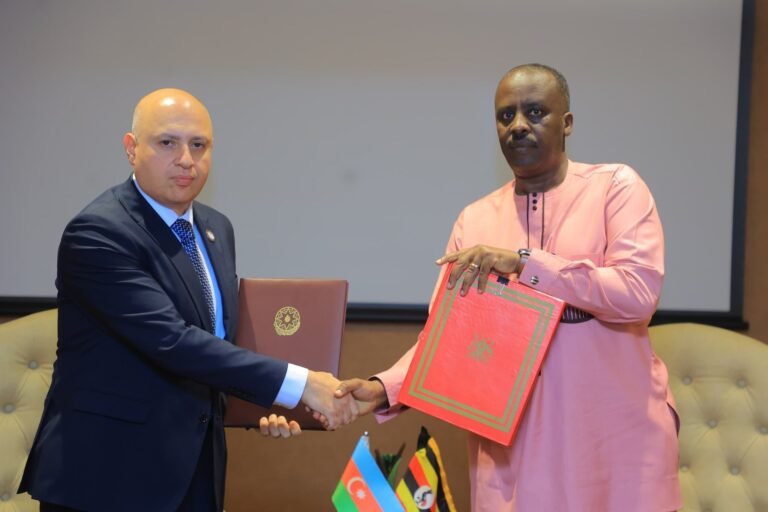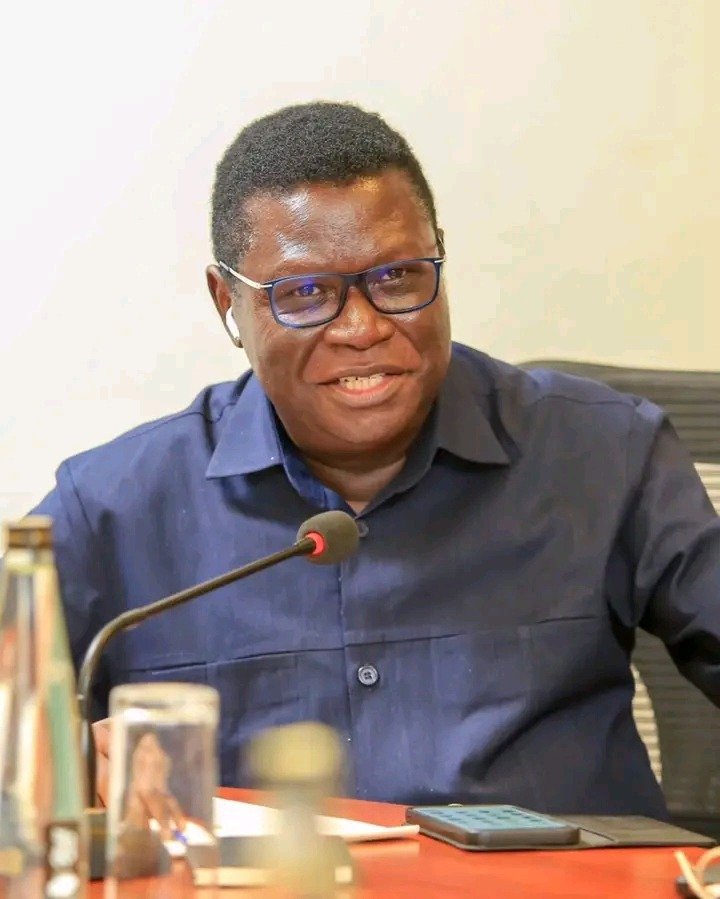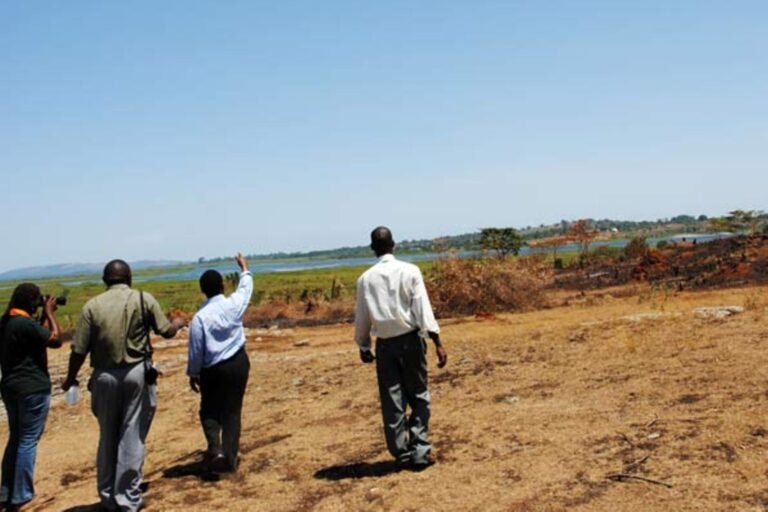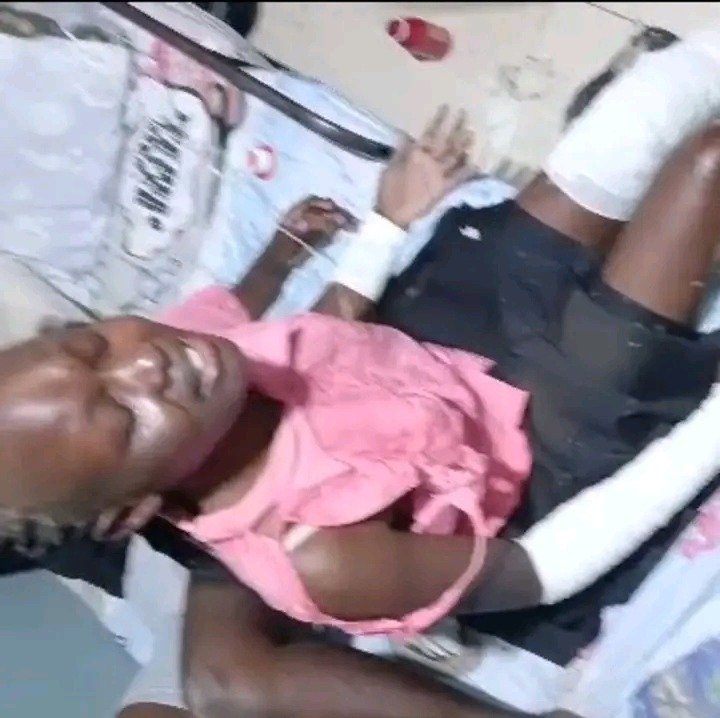
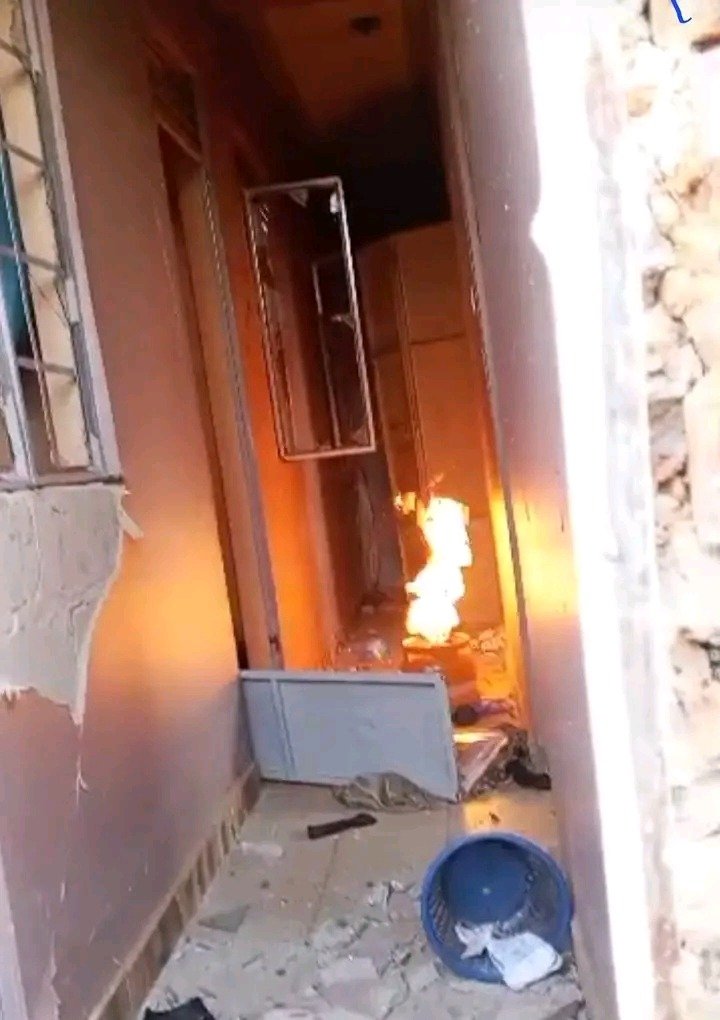
Incident Overview and Immediate Impact
A devastating gas explosion rocked the Sports Pro Hostel near Kyambogo University on Monday evening at approximately 6:00 PM, leaving multiple students with serious injuries and sparking panic throughout the student community. The incident occurred in one of the private hostels popularly known as “Sports Pro,” which houses a significant number of Kyambogo University students. According to eyewitness accounts, the explosion originated from a single room where a cooking gas cylinder reportedly malfunctioned, creating a blast that reverberated throughout the building and sent thick plumes of smoke into the evening air.
The force of the explosion shattered windows in adjacent rooms and damaged the interior structure of the hostel floor where it occurred. Students described a scene of chaos and confusion immediately following the blast, with many fleeing the building in panic while others rushed to help those directly affected by the explosion. The timing of the incident—during the evening hours when most students were present in the hostel—contributed to the widespread alarm and resulted in multiple injuries, though fortunately no fatalities have been reported at this time.
Emergency Response and Evacuation
Within minutes of the explosion, campus security personnel and student leaders initiated emergency protocols, evacuating the entire hostel building as a precautionary measure. The rapid response prevented further potential injuries and allowed emergency services to access the scene efficiently. Firefighters and emergency medical teams from the nearby area were dispatched to the location, arriving approximately 15 minutes after the initial incident was reported.
The emergency services established a security cordon around the affected area to allow for their operations while ensuring the safety of curious onlookers who had gathered at the scene. Firefighters conducted preliminary assessments to ensure there were no secondary explosion risks while paramedics provided immediate first aid to the injured students before transporting them to medical facilities for further treatment. The evacuation procedure was described by officials as “largely orderly” despite the panic immediately following the explosion .
Table: Emergency Response Timeline
Time Event
6:00 PM Gas explosion occurs at Sports Pro Hostel
6:05 PM Campus security alerted and evacuation begins
6:12 PM First emergency services dispatched
6:25 PM Firefighters and paramedics arrive on scene
6:45 PM All injured students transported to medical facilities
7:30 PM Security cordon established; building secured
Condition of the Injured and Medical Response
Multiple students sustained injuries in the explosion, ranging from minor cuts and bruises from shattered glass to more serious burns and respiratory issues from smoke inhalation. The most severely injured were rushed to Mulago National Referral Hospital for specialized treatment, while those with less critical injuries were taken to the university medical center and nearby private clinics. Medical personnel at these facilities have reported that all patients are in stable condition and are expected to recover fully, though some may require extended treatment for burn injuries.
University officials have mobilized counseling services for affected students, recognizing the psychological trauma associated with such a devastating event. “We’re not just dealing with physical injuries here,” stated Dr. Eleanor Nakibuuka, the university’s mental health coordinator. “Many students who witnessed the explosion or were involved in the evacuation are experiencing significant distress, and we’ve implemented crisis counseling to help them process this traumatic event.”
Investigation and Preliminary Findings
University authorities and local safety regulators have launched a comprehensive investigation into the causes of the explosion. Preliminary evidence suggests that a cooking gas cylinder may have malfunctioned or been improperly handled, leading to the devastating blast. Investigators are examining whether the cylinder had any pre-existing defects, whether proper gas safety protocols were being followed, and if the hostel’s infrastructure met required safety standards for such appliances.
This incident has raised serious questions about safety standards in off-campus student accommodations, which often operate with less oversight than university-owned housing. “While we don’t have direct jurisdiction over private hostels, we have a responsibility to our students to ensure their living environments are safe,” stated Professor Elijah Muwanga, Deputy Vice Chancellor of Kyambogo University. “We will be conducting a thorough review of all recommended student accommodations and establishing stricter criteria for safety certifications.”
Table: Safety Issues in Student Hostels
Issue Potential Risk Recommended Solution
Improper gas cylinder storage Explosion hazard Mandatory safety training and inspections
Overloaded electrical circuits Fire hazard Regular electrical safety certifications
Inadequate fire exits Trapped occupants during emergencies Structural modifications to meet building codes
Lack of smoke detectors Delayed emergency response Installation of certified detection systems
University Response and Official Statements
Kyambogo University administration has issued an official statement expressing sympathy for the affected students and their families while outlining immediate action steps. The university has established an emergency task force to coordinate response efforts, which includes representatives from student leadership, hostel management, and safety authorities. The task force will oversee the investigation, manage communications with affected families, and develop longer-term safety initiatives for off-campus student housing.
The university has also temporarily suspended academic activities for Tuesday to allow for a day of recovery and assessment. “Our primary concern at this moment is the wellbeing of our students,” stated Professor Barnabas Nawangwe, Vice Chancellor of Kyambogo University. “We are mobilizing all available resources to support those affected by this terrible incident and will be implementing additional safety measures to prevent similar tragedies in the future.”
Student Testimonials and Safety Concerns
Students residing in the Sports Pro Hostel and adjacent accommodations have expressed grave concerns about safety standards in off-campus housing options. Many have reported previous complaints about safety issues that went unaddressed by hostel management. “We’ve been talking about safety problems here for months—faulty wiring, inadequate fire safety equipment, and now this,” shared Timothy Mugerwa, a second-year engineering student who resides on the floor below where the explosion occurred. “Maybe now someone will actually listen and something will change.”
This incident has sparked broader conversations among the student body about the trade-offs between affordable housing and safety standards. With many students relying on cheaper private hostels due to limited university accommodation, there is increasing pressure on university administration and local authorities to implement and enforce stricter safety regulations for all student-oriented housing facilities.
Contextualizing the Incident: Previous Safety Issues
While this explosion represents one of the most severe safety incidents in recent memory, it is not the first time safety concerns have been raised about off-campus student accommodations in the Kyambogo area. Over the past three years, campus newspapers have reported multiple smaller incidents including electrical fires, structural collapses, and security breaches at various private hostels. These previous incidents resulted in property damage but fortunately no serious injuries, which may have contributed to complacency among hostel operators and regulators.
The pattern of safety violations suggests a systemic problem rather than an isolated incident. Student leaders have previously advocated for a university-led certification program that would establish minimum safety standards for recommended accommodations, but implementation has been slow due to resistance from hostel owners who argue that increased regulations would force them to raise rents, making housing less affordable for students.
Next Steps and Ongoing Developments
As the investigation continues, university officials have promised transparent communication about their findings and subsequent actions. The university plans to release preliminary investigation results within the next 72 hours, with a comprehensive report to follow within two weeks. Additionally, the university has announced plans for a mandatory safety training program for all students living in off-campus accommodations, focusing specifically on gas safety, electrical appliance usage, and emergency evacuation procedures.
Parents and guardians of affected students have been notified, and the university has established a dedicated communication line for family inquiries. The university administration has also pledged to review its accommodation recommendation policies and establish a stricter vetting process for hostels included on its approved list, potentially requiring regular safety inspections and certifications as a prerequisite for university endorsement.
Conclusion: Moving Forward with Enhanced Safety Measures
The gas explosion at Sports Pro Hostel serves as a somber reminder of the importance of safety standards in student accommodations. While the immediate crisis response prevented greater tragedy, the incident highlights systemic issues that require comprehensive solutions. As Kyambogo University moves forward from this event, it has an opportunity to establish new benchmarks for student safety that could serve as a model for other institutions facing similar challenges.
The university community remains focused on supporting the recovery of injured students while working to implement meaningful changes that will prevent future incidents. This tragic event has galvanized students, administrators, and local authorities to collaborate on safety improvements that balance affordability with essential safety protocols, ensuring that learning environments extend beyond the classroom to include living spaces that protect and nurture students’ wellbeing.




